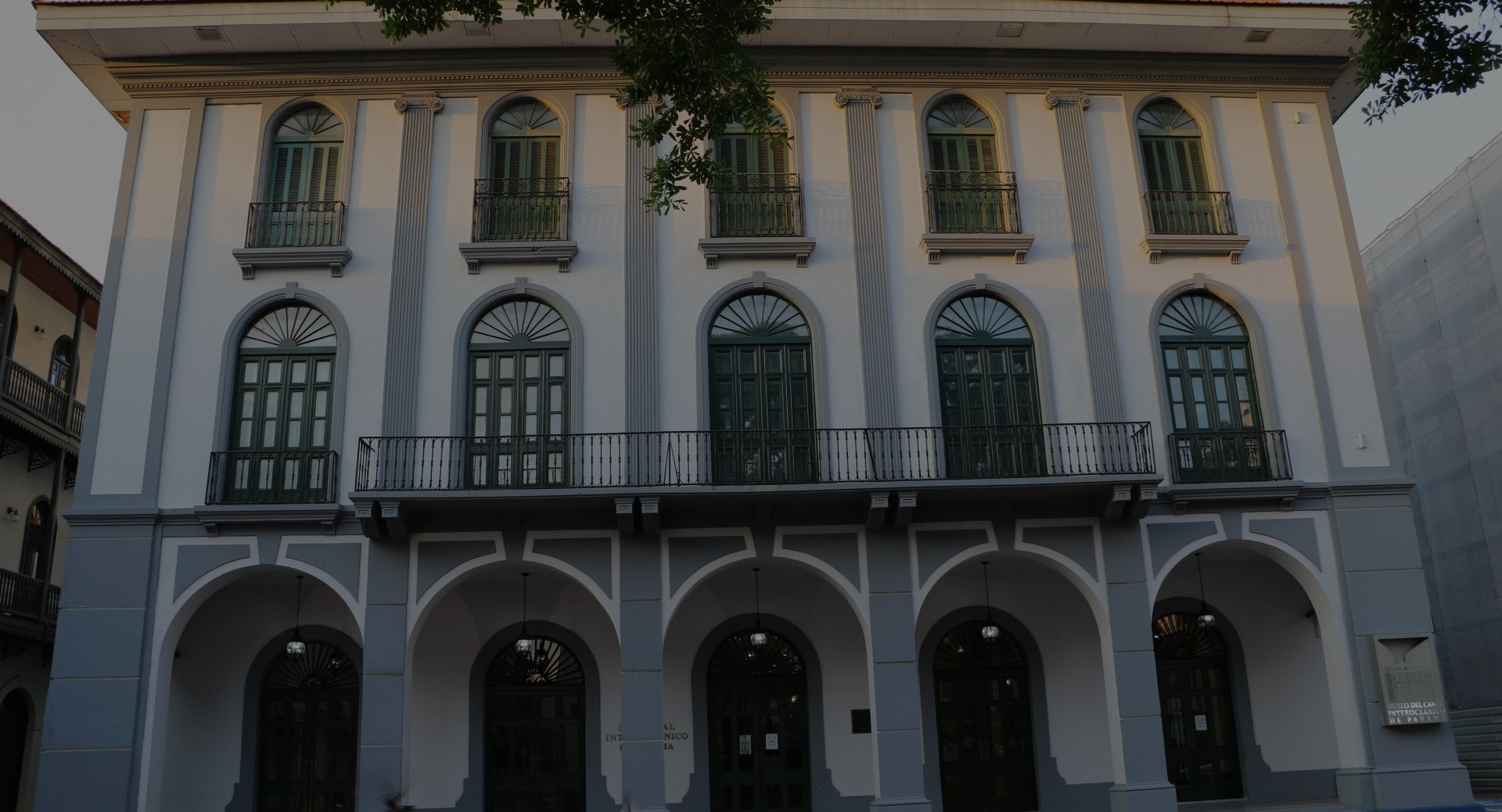
El Canal, la Juventud y el Sentido de Pertenencia
29/01/2024
By Temy Agustín Núñez

When we think about the Panama Canal, many ideas arise related to sovereignty, struggles, demands and transfers. However, after obtaining the desired sovereignty over the old Canal Zone, a new word emerged: belonging. This word, as the duty of every Panamanian, must carry with it pride in the historical, commercial and logistical value of the Panama Canal.
I often wonder: will youth value our Canall? Will that sense of belonging be instilled in them? Belonging is not taught in school classrooms; It must be instilled at home, with that historical value that has embraced the Canal since its genesis as a colonial route. Although today it faces one of its biggest crises with its raw material, water, we should not deviate towards social platforms and reflect comments of guilt in the water crisis. As a population, we must keep in mind that the water problem is global, it will affect us more frequently and it goes beyond being just a government problem.
Offering youth the possibility of discovering history by visiting museums and appreciating the legacy and importance of the Canal is essential. Investing in culture, education and connecting technological tools with a visit to museums helps us understand our history. Beyond what is available on the Internet, museums are tangible open books of the facts displayed there. By investing time and money in culture, we awaken that sense of belonging that we should have as citizens of this great country, and feel proud of the character of our nation when fighting for sovereignty, which should be the joy of every Panamanian.
Sovereignty is not based on economic interests, but on the fact that this great, historical and emblematic work is located in this small country, home of every Panamanian, with great significance as a commercial route and tourist spot for more than one hundred years. The struggles of previous generations must be valued by the generations of today and tomorrow, becoming a path to appreciate the Canal that faces crises like any company, but by understanding that belonging, it can generate a generation interested in training, exercising and linking its studies to the Panamanian Canal.

















